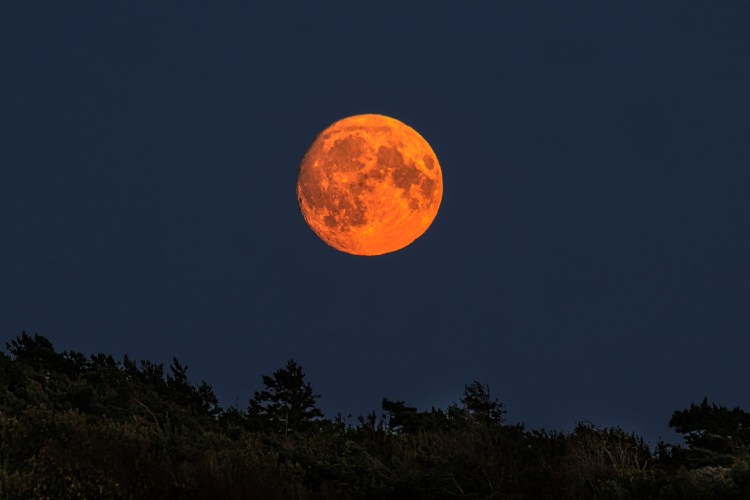The Humboldt Glacier in the Andes mountains of Venezuela is melting at such a fast rate that scientists can’t keep up with it.
The first time geography professor Carsten Braun visited the Venezuelan Andes was in 2009. He returned several more times and discovered an alarming trend — the glacier was noticeably shrinking.
“If you imagine draping a pancake over a slope,” that’s what Brain told National Geographic.
This “pretty thin piece of ice” is no more than 65 feet thick has a circumference of just under a mile, he added.
The country’s political difficulties combined with climate change are melting the glacier so fast that scientists won’t be able to study it in its entirety before it melts in about 10 years or so.
The Humboldt isn’t the only glacier in the region with a notable retreat. Since the 90s, scientists in the area have documented shrinking ice forms across the mountainous area, linking it, in part, to the pollution created by nearby towns.
Just 30 years ago, the Humboldt ice looked strong, according to a former geomorphology professor, Maximiliano Bezada. “Now, it looks sick,” he said. “(It) will die very soon.”
Thanks for reading InsideHook. Sign up for our daily newsletter and be in the know.


















